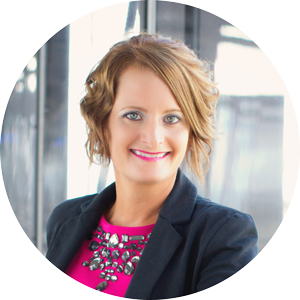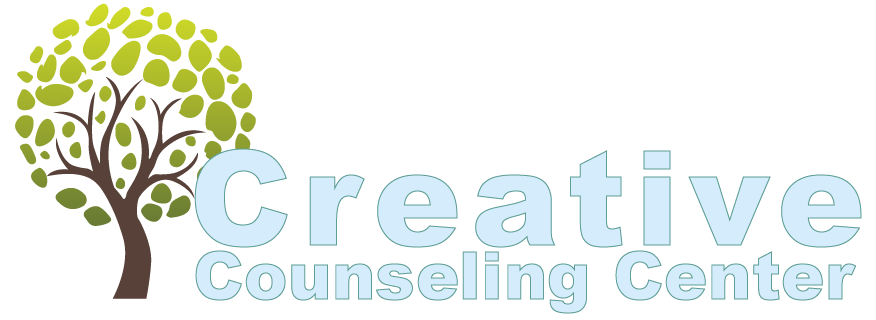Life with Obsessive-Compulsive Disorder
If you’ve seen the movie As Good As It Gets , you’re familiar with the repetitive behavior that defines the life of the main character, Melvin Udall. While Hollywood doesn’t always hit the nail on the head in its depiction of mental health disorders, this particular movie was nearly spot on. It showed a character with severe Obsessive-Compulsive Disorder who isolated himself from others and sabotaged himself from developing meaningful relationships with the people around him.
Obsessive-Compulsive Disorder (OCD) is when a pattern of unreasonable thoughts and fears leads to repetitive behaviors and compulsions. These compulsions often interfere with daily life and activities. Compulsions may offer a little relief, but the urges keep coming back, which leads to more compulsive behaviors. It can be a cycle that never ends.
What are the Symptoms of OCD?
OCD can be triggered by personal trauma, such as an abuse or death. Some of the obsessive themes and symptoms that may manifest in OCD patients include:
Theme: Fear of germs
Symptoms: Won’t touch doorknobs or shake hands with anyone
Theme: Need for order
Symptoms: Constant organization of personal belongings, such as arranging things a certain way before leaving the house
Theme: Excessive fear of making a mistake
Symptoms: Needing constant encouragement or reassurance from others
While research hasn’t pointed to any one particular cause of OCD, the medical community agrees that personal traumas and genetics are two of the most probable causes. If you have a family history of OCD or other mental health disorders, it can increase your risk of developing this condition.
Treatments for OCD
OCD treatments will not necessarily lead to eradication, but it can help get the symptoms under control so that the individual suffering can enjoy a better quality of life.
The two main treatments for OCD are therapy and medications. For most people, a combination of these two treatments will work well. Cognitive behavioral therapy (CBT) is a type of therapy that’s shown to be highly effective for OCD patients. CBT techniques work to change thought patterns in order to change emotions and behaviors.
Exposure and response prevention (ERP) is a type of CBT therapy that encourages patients to face their fear or obsession head-on. It exposes them gradually to the feared object, such as dirt or germs, in order to find a healthy way to deal with those feelings and leave them behind. ERP is difficult and takes practice, but over time it can be an effective way to cope with the compulsions associated with OCD.
OCD is a chronic condition, but with proper treatment, patients can live life with these compulsions safely under control.
Think You Could Use the Help of a Therapist?
Creative Counseling Center is here for you. We’re happy to offer a free consultation to any new patient in need of counseling or curious about whether our practice is a good fit for them. We see children as young as age 2. So whatever your or your loved one’s age—and whatever the struggle—counseling could make all the difference. Complete the brief form below to be connected with a member of our counseling team and start your journey towards mental well-being.
The post Life with Obsessive-Compulsive Disorder appeared first on Creative Counseling Center.
Contact Us
We will get back to you as soon as possible.
Please try again later.

ABOUT THE AUTHOR
Teri Karjala is a Licensed Professional Counselor & Marriage and Family Therapist. She is the founder and Executive Director of Creative Counseling Center, LLC. Working in the field since 1999, Teri and her team of therapists specializes in counseling for those who have experienced trauma. They work with children as young as age 2, as well as teens and adolescents, adults, seniors, families, and couples.
REQUEST A FREE CONSULTATION
If you have questions about counseling, would like to find out if counseling could help you or a loved one, or are interested in learning more about our services, just complete the brief form below to request a Free Phone Consultation. A member of our team will contact you shortly. After a brief conversation, we'll determine together whether our practice is right for you and which therapist may be best suited for your specific circumstance.
Finding the right therapist, one you click with, is less about the therapist's experience and qualifications and more about the therapist's personality. So let's talk. Let us match you with a therapist you have a high likelihood of clicking with.
Fields marked with an * are required.
Contact Us
We will get back to you as soon as possible.
Please try again later.
GET SOCIAL WITH US
CONNECT WITH US
PHONE
EMAIL US
ADDRESS
6021 South Syracuse Way, Suite #216
Greenwood Village, CO 80111
OFFICE HOURS
Monday-Thursday: 8:30am-8pm
Friday: 12pm-5pm
Saturday: 12pm-4pm



